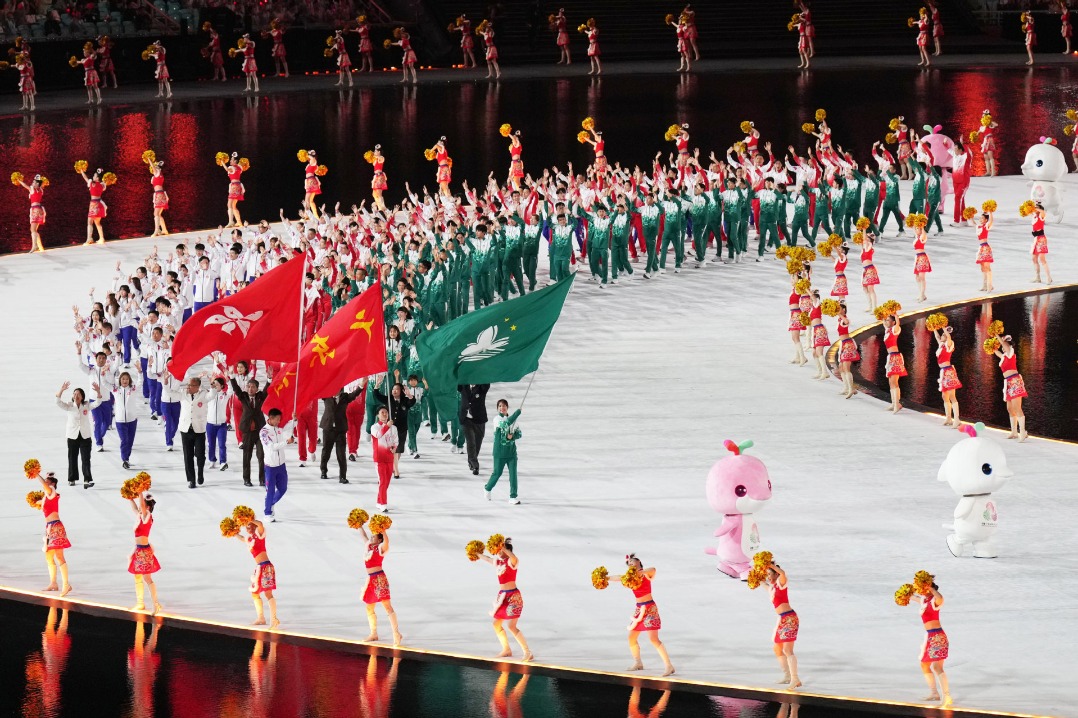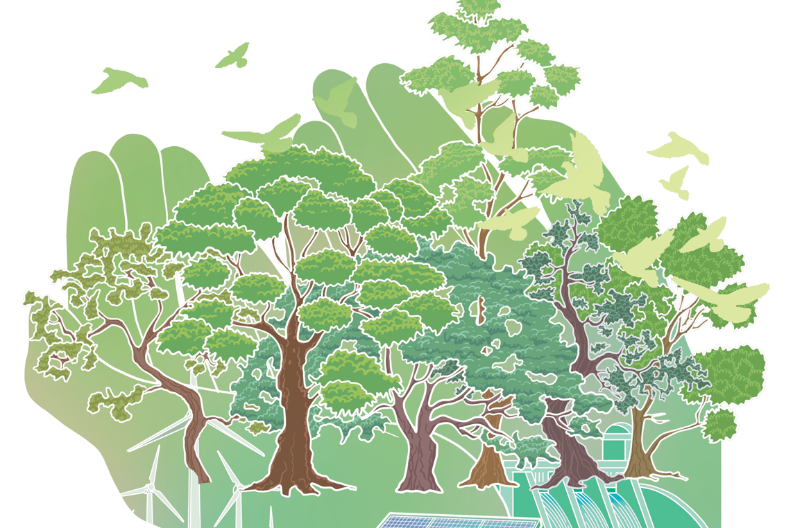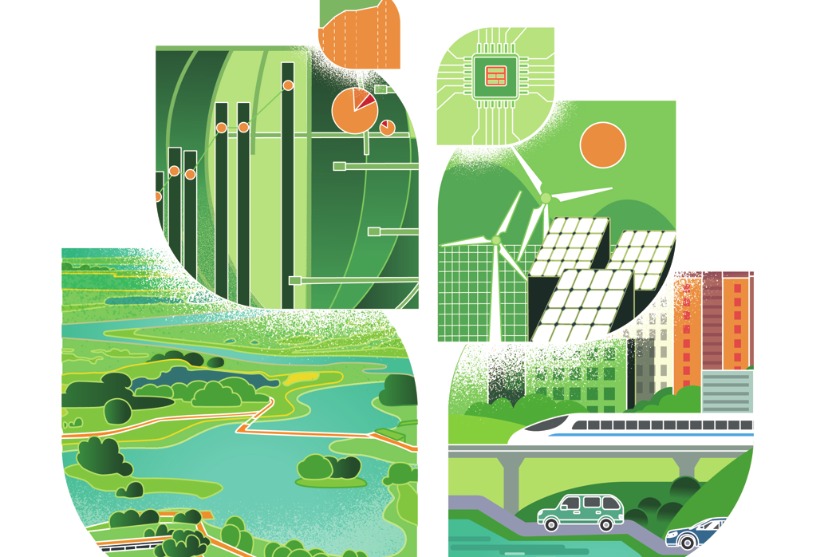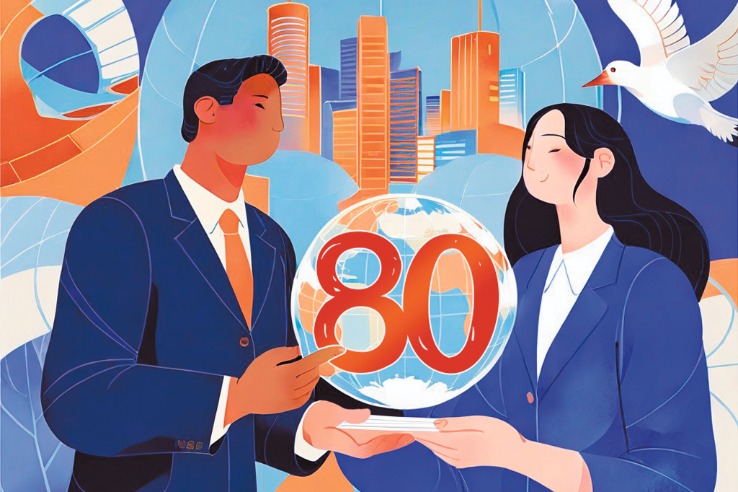Exploring Gansu, old and new

Gansu is one of the cradles of Chinese culture, found in the upper reaches of the Yellow River in Northwest China. It is bordered by Shaanxi to the east, Sichuan to the south, Qinghai and the Xinjiang Uygur autonomous region to the west, and Inner Mongolia and the Ningxia Hui autonomous region to the north. Gansu is largely surrounded by mountains, and rests at 1,000 meters (3,281 feet) above sea level. It has a varied and complex topography ranging from snowy mountains to large stretches of grasslands, huge and barren deserts, lush forests and mysterious lakes.
Gansu has cultivated many unique traditions and culture, and is extremely ethnically diverse. As a major part of the Silk Road, it is full of cultural and historical relics. It is the seventh-largest province in China, with an area of 454,000 square kilometers.
From Nov 21 to 24, I had the opportunity to participate in the Explore Gansu trip with China Daily and 9 other expats. I experienced the culture, charm and beauty of Lanzhou and Zhangye during the four-day journey and visited many places in both cities.
Our first destination was the new area of Lanzhou, established in 2012 and under the direct control of the city government.
It is situated 30 kilometers from the old town of Lanzhou, in the valley around Lanzhou Zhongchuan Airport. It is the first new development area in northwestern China at the state level. Lanzhou New Area's geographical position holds important advantages for its potential economic development. It is the largest of the two megacities in this vast area, and is relatively close to two other capital cities, Xining of Qinghai province and Yinchuan of Ningxia Hui autonomous region.These three capital cities are similar enough to form a regional economic conglomeration, with Lanzhou New Area at the center.
At the "Flower Trade Center," our first stop in the new area, snowflakes fell outside and flowers bloomed inside. The spring scene in front of us was so fascinating, we couldn't take our eyes off of it. Under the guidance of the agricultural center florists, we made our own beautiful bouquets; they helped us learn the art of flower arranging.
Then, we visited the green house of the center. We saw a range of roses and other flowers all imported from the Netherlands. We were excited about the colorful roses, and we learned the names of flowers and their origins. The recent appearance of modern farming in the new area has broken our old perception of Gansu as a dry, arid place.
Our third stop was on the viewing platform for the green chemical park, overlooking the mountains and solar panel fields, displaying beautiful scenery. It will become a center of the green chemical industry in the future. We then visited the Lanzhou New Area Import Commodity Wholesale Center, which connects the world with the wholesale center there, bringing different products and goods from several countries under one roof.
We visited Qingwangchuan folk culture village in the afternoon. As a cultural researcher, I was amazed. The folk culture museum in Baichuan building was particularly incredible, and the characteristic of Gansu and new area was wonderful. Although the artifacts are old, at that moment history was revived for us.
We visited the Lanzhou Planning Exhibition Hall in the downtown area the next day. There, we studied the history of Lanzhou and the development of the city. About 350,000 objects are in its collections, in two main sections: history and natural science. We also enjoyed the scenery on the First Bridge of the Yellow River inside and beside the museum, then took the bus to our next destination.
Lanzhou Beef Noodles Vocational Training School in Xinglong was our last stop in the city. Who doesn't love a hearty Lanzhou-style bowl of beef noodles? The flavor, aroma and special taste are mouthwatering. Chefs gave us a nice demonstration of beef noodle soup preparation. All the expats, including me, learned how to make hand-pulled beef noodles. What a perfect way to spend a morning! We enjoyed traditional Lanzhou beef noodle soup for lunch. The English guide (Michael) helped us understand China and Gansu's amazing cultural heritage. We left for Zhangye at Lanzhou railway station in the afternoon.
Muhammad Mudassar Riaz is a PhD candidate in literary and cultural communication at the School of Journalism and Communication of Shaanxi Normal University.
The opinions expressed here are those of the writer and do not necessarily represent the views of China Daily and China Daily website.


































